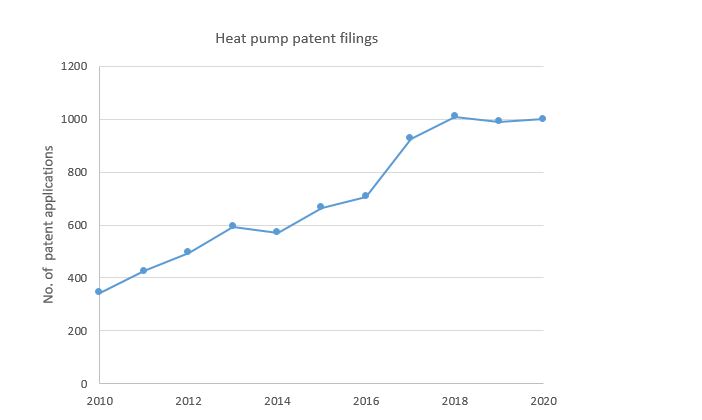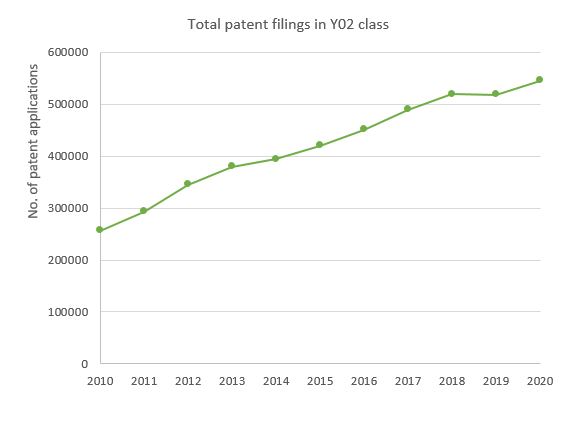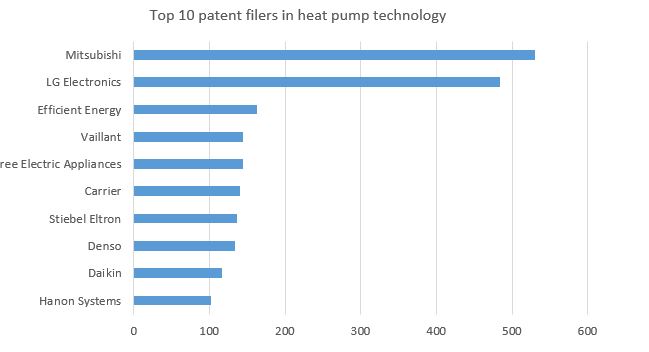15/11/2021
Following the 26th UN Climate Change Conference of the Parties (COP26) in Glasgow, our attention is drawn to the ten-point recommendations in the COP26 Special Report on Climate Change and Health. One of the points proposes the transition from polluting fossil fuels to renewable energy for household heating. In the UK, 14% of greenhouse gas emissions come from heating in homes, so addressing heating will play a big role in reaching the net zero goal. Recent soaring gas prices in the UK provide additional motivation to reduce our dependence on fossil fuels. By decarbonising the power supply, the UK will not only address climate change and improve public health, but also protect customers from volatile fossil fuel prices.
According to a report by the International Energy Agency (IEA), electric heat pumps met no more than 7% of global residential heating needs in 2020, yet could easily satisfy more than 90% of global heating needs. Ahead of COP26, the UK government set out plans to offer £5,000 grants to help 90,000 household install home heat pumps, and other low-carbon heating systems, over the next three years as part of its plan to cut reliance on fossil fuel heating. Though criticised by many for not going far enough, the measures signal a commitment to heat pump technology which will incentivise innovation in the sector. Therefore, heat pump technology looks set to become a key component to achieving the goal of net zero.
Heat pump techniques
Basically, a heat pump absorbs naturally-occurring heat from the air, water or ground outside, and uses this heat for the indoor heating of air and water. There are three different types of heat pumps according to their different sources: air source, water source and ground source. In the UK, air-source and ground-source heat pumps are most commonly used.
Air source heat pumps are the most common type of heat pumps. The pump absorbs heat from outside air into a liquid refrigerant. The pump then compresses liquid to increase temperature and then condenses liquid to release heat. The heat is then sent to indoor radiators and hot water cylinders.
Ground source heat pumps draw heat from the ground. Loops of underground pipes have a mix of water and anti-freeze pumped around them to absorb heat naturally stored in the ground. The mixture is then compressed inside a heat exchanger, which extracts the heat and transfers it to radiators and hot water cylinders.
Patents for heat pumps
When patent applications are filed, they are assigned classes which identify the technology area, or areas, that they cover. This means that patent filing statistics can be a useful lens through which to view the development of future technologies. For heat pumps, one of the most relevant classes is Cooperative Patent Classification (CPC) class ‘F25B30’. The following figure 1 shows the trend for heat pump related patent applications in this class from 2010 to 2020. It is promising that the number of patent applications for heat pumps increased continuously from 2010 to 2020. However, growth has plateaued in the most recent two years. Combined with the need to reduce greenhouse gas emissions from heating in homes, this trend indicates that more innovation and technology advancement is required in the heat pump sector as part of the race to net zero. Continuous efforts need to be devoted to improving performance and reliability of heat pumps, with recent published papers pointing to innovation focussed on incorporating heat-driven ejectors, better compressor technology, and hybrid systems (e.g. incorporating a desiccant to a heat pump cycle).

Figure 1 – Patent application numbers published in CPC class F25B30 from 2010 to 2020
How does heat pump innovation fare when compared with climate change mitigation technology as a whole? A closer look is taken to the ‘Y02’ class which was created by the European Patent Office (EPO) to tag climate friendly patents across the full technological spectrum. Total Y02 patent flings (figure 2) from 2010 to 2020 show a growth rate of 113%, compared to a growth rate for heat pumps of around 190% over the same 10-year period. This higher growth rate in patent filings is a good indication that the heat pump sector has an important contribution to make in tackling the climate change problem, and that heat pump technology is likely to play a significant role in our clean energy future.

Figure 2 – Total patent application numbers in Y02 class from 2010 to 2020
Geographical spread
The geographical spread of patent applications and patent filers can also be informative. China had the highest numbers of patent applications in heat pump technology, reflecting a trend seen across most technology areas, and indicative of a strong patent culture in China. China is followed by South Korea, Europe (especially Germany), the US, and Japan. This wide geographical spread reflects a global upturn in interest in heat pump technology, although interest in the technology is, unsurprisingly, higher in relatively mild climates such as the Mediterranean region and central and southern China, where the performance factors are higher than in very cold climates.
The top 10 patent filers in the field of heat pump technologies (within F25B30 class) can be seen in figure 3 which are mainly from the above-mentioned countries. Mitsubishi Electric and LG Electronics dominated as the first and second patent filers. This is likely a reflection of their well-known and high-efficiency heat pump products in the market, such as Mitsubishi Electric’s award-winning Ecodan air source heat pumps and LG Therma V. There are also many German companies in the top filer list, such as Efficient Energy focusing on refrigerants technology for heat pumps, Vaillant specialising heating and renewable energies and Stiebel Eltron, a leading manufacturer of heat pumps. The rest top filers also include some electrical appliance companies, such as Gree Electric Appliance from China, and Carrier, an American multinational home appliances corporation.

Figure 3 – The top 10 patent filers in heat pump technology from 2010 to 2020
Conclusion
The patent analysis reflects a generally continuous development in heat pump technology over recent years, and supports heat pump technology as a promising solution to achieve low-carbon household heating and reduce the use of fossil fuels. It also suggests that heat pump technology is likely to play a significant role in our clean energy future. However, it is clear that further innovation and investment in the sector is needed, such as to increase the energy efficiency and adaptability to different applications, to facilitate wide-scale deployment of the technology.
At Reddie & Grose our multidisciplinary team of patent attorneys are equipped with the skills and knowledge needed to help innovators in the sector navigate along this challenging, but exciting, future path. Please feel free to get in contact with any questions.
This article is for general information only. Its content is not a statement of the law on any subject and does not constitute advice. Please contact Reddie & Grose LLP for advice before taking any action in reliance on it.


